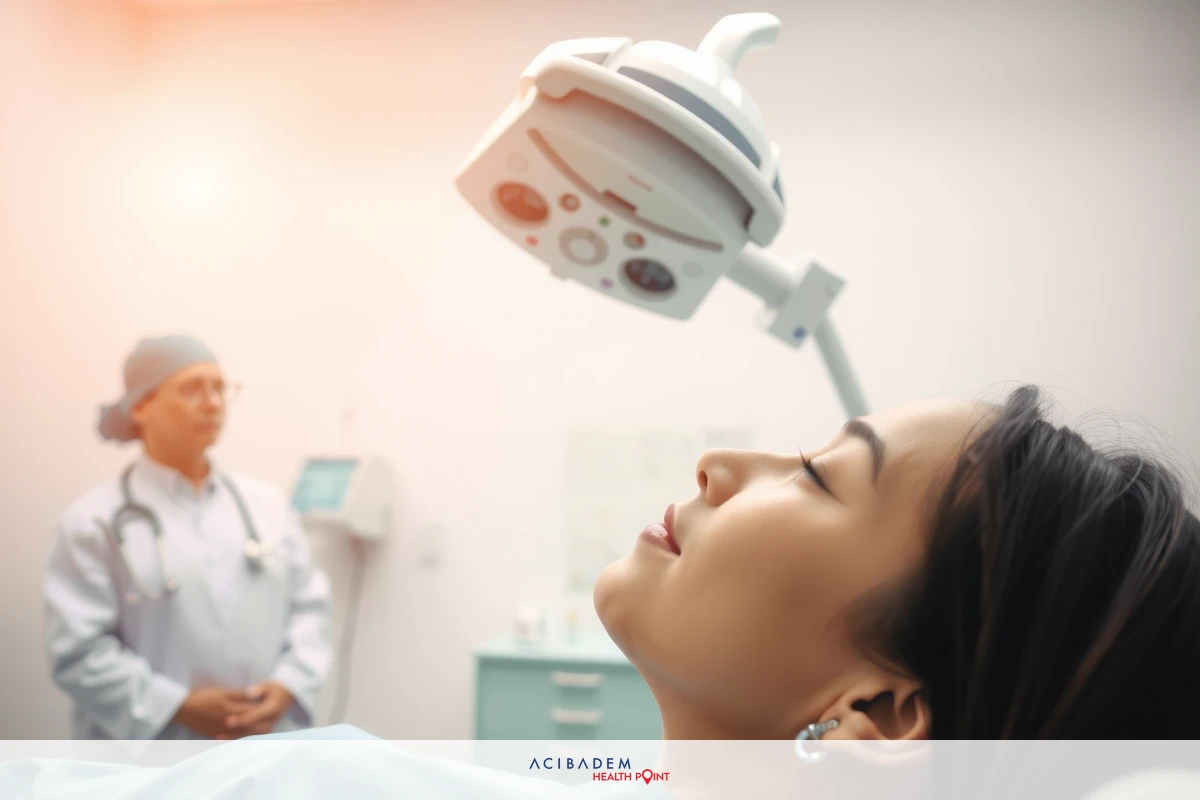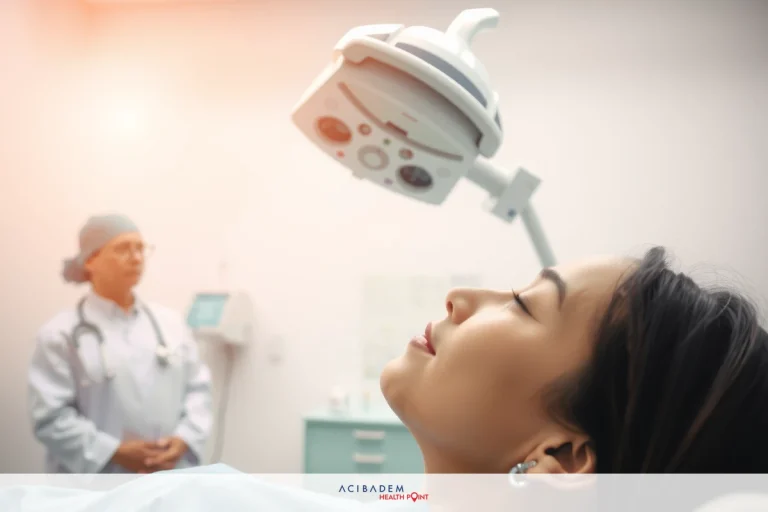Can You Do Rhinoplasty with Local Anesthesia?
Can You Do Rhinoplasty with Local Anesthesia? Rhinoplasty, a term often synonymous with the colloquial ‘nose job’, invites patients into a realm of facial transformation. With local anesthesia as an option, it demystifies the process and presents an inviting alternative to general anesthesia. This method minimizes patient discomfort while ensuring their safety during the procedure.
Incorporating local anesthesia into rhinoplasty translates into benefits beyond measure in terms of recovery time and patient experience. Unveiling these advantages paints a new perspective on this transformative journey. Also crucial is understanding how safety measures are integrated throughout the process under local anesthesia, creating an environment that prioritizes patient well-being.
The aftermath of rhinoplasty comes hand in hand with questions about recovery and results – two facets intertwined within any medical endeavor. Offering insight into what one can expect after undergoing rhinoplasty using local anesthesia broadens our comprehension scope and ensures transparency for prospective patients.
Benefits of Rhinoplasty with Local Anesthesia
Rhinoplasty under local anesthesia brings a fresh perspective to facial cosmetic surgery. The allure lies in the subtleties, where the benefits unfold as the narrative progresses. One key advantage is reduced postoperative discomfort – an outcome decidedly valuable for patients who may be anxious about pain following their procedure.
Local anesthesia reduces systemic complications often associated with general anesthesia, such as nausea or extended grogginess. Patients can leave the clinic sooner and resume daily activities more swiftly – a convenience that cannot be overstated. This accelerates return to normalcy, allowing individuals to enjoy their new look without prolonged disruption from their routines.
As medical advancements move forward, patient safety remains a steadfast priority during rhinoplasty procedures; this is particularly true when using local anesthesia. Professionals are able to monitor verbal responses and physical cues from patients throughout the procedure, providing real-time feedback loop ensuring optimum comfort levels while maintaining high safety standards.
The utilization of local anesthesia in rhinoplasty also leans towards cost-effectiveness by eliminating hospital stay costs typically associated with surgeries performed under general anesthesia. With financial concerns being one of the significant hurdles in elective cosmetic procedures like rhinoplasty, this factor tips scales favorably towards local anesthesia usage.
Our exploration into these benefits is understanding its role within recovery timelines after nose reshaping procedures. Swelling or bruising around surgical sites tends to be less pronounced compared when using local versus general anesthetics – another testament to its gentler approach.
Safety Considerations
The safety of rhinoplasty under local anesthesia, often a concern for prospective patients, is ensured by the meticulous protocols in place. One such protocol involves conducting comprehensive health assessments prior to the procedure. These evaluations screen for potential contraindications that could compromise patient safety during surgery.
Preoperative preparation also includes educating patients about what to expect during and after the procedure. This allows them to make informed decisions about their care and maintains an open line of communication with their healthcare team throughout the process – pivotal factors contributing towards overall patient safety.

Local anesthesia administration itself sets forth several layers of protection against adverse events; it offers a lower risk profile than its general counterpart by avoiding airway manipulation and systemic drug effects. The ability to converse with patients during surgery further enhances this safe environment as any discomfort can be immediately addressed.
Intraoperatively, vital signs monitoring plays a critical role in maintaining patient well- being. Heart rate, blood pressure, oxygen levels – these parameters are continuously assessed ensuring swift medical intervention should there be any deviations from normalcy.
Post-procedure precautions are integral parts of this safety matrix too. Detailed instructions on wound care, medication use and activity restrictions form part of discharge plans – all tailored individually according to each case’s nuances aiming at preventing complications while promoting quick recovery.
Lastly but crucially so is understanding that despite all measures taken there exists no zero-risk scenario in medicine or indeed life itself; however keeping risks minimalistic via prudent practice remains our unwavering commitment when performing
rhinoplasties under local anesthesia.
Recovery and Results
When delving into the recovery period following rhinoplasty under local anesthesia, it’s essential to view this phase as an integral part of your journey towards transformation. The healing process begins immediately post-procedure, making the first few days critical for setting a positive course towards optimal results. Ensuring adequate rest, maintaining hydration, and adhering to prescribed medication regimens are fundamental steps in aiding a smooth recovery.
One enticing aspect of opting for local anesthesia is the abbreviated downtime compared to general anesthesia use – a feature that fits seamlessly into today’s fast- paced lifestyles. While individual experiences may vary slightly due to personal factors such as overall health status or surgical complexity, most patients can expect to return to their daily activities within one week post-procedure.
The pathway leading up from surgery day through recovery stages and finally reaching result fruition is not linear but rather progressive. Swelling gradually subsides revealing refined contours; bruising fades away unmasking clear skin tones – changes patiently awaited begin unfolding around two weeks mark with full effect visible by six months.
It’s important though keeping realistic expectations about results; while rhinoplasty can bring transformative changes these need be viewed through lenses appreciating natural proportions complementing facial harmony rather than seeking perfection which doesn’t exist in reality!
Understanding that patient participation in aftercare greatly influences final outcomes cannot be overstated: diligent adherence to surgeon instructions ensures best possible results besides preventing possible complications during this healing phase.
Frequently Asked Questions
How is local anesthesia administered during rhinoplasty?
A combination of topical and injectable numbing medications are utilized to ensure the nose and surrounding areas are adequately anesthetized. This allows patients to remain awake but comfortably numb throughout the procedure.
What if I feel discomfort during my procedure under local anesthesia?
The ability for patient-surgeon communication mid-procedure ensures any discomfort can be quickly addressed by adjusting anesthetic levels as needed, enhancing overall comfort while maintaining safety.
Can all types of nose reshaping procedures be performed under local anesthesia?
While many types of rhinoplasty can indeed be done using local anesthesia, certain complex cases may still necessitate general anesthesia. Your surgeon will discuss best options tailored accordingly based on a comprehensive evaluation.
How soon after my surgery can I see results?
Visible changes post- rhinoplasty gradually appear as swelling subsides over weeks to months; full effect becomes apparent around six month mark. Patience is key in this transformative journey!











